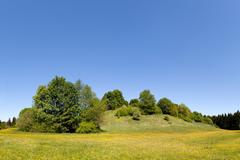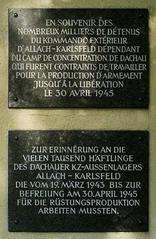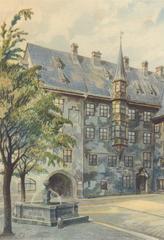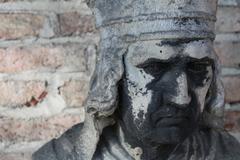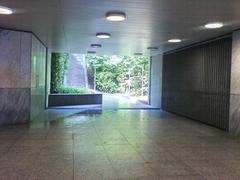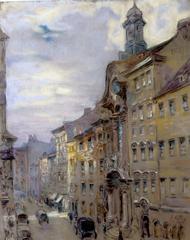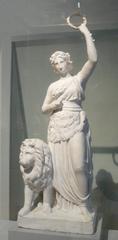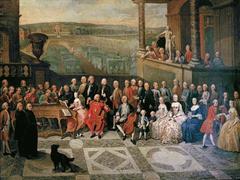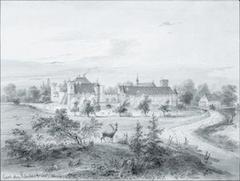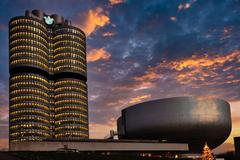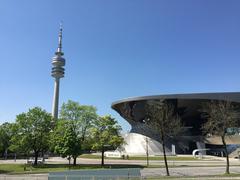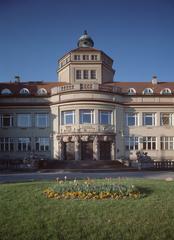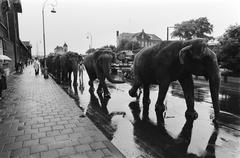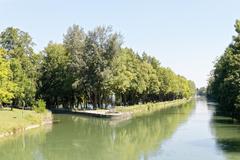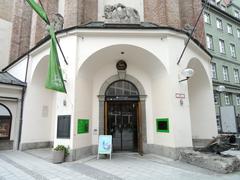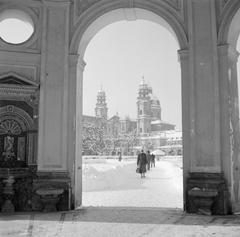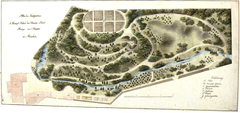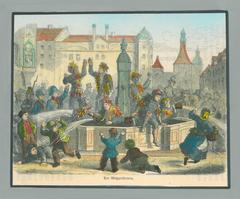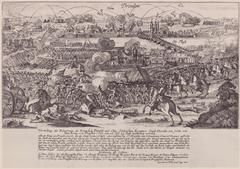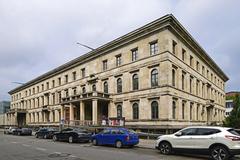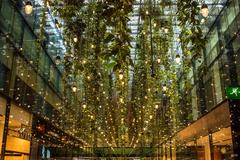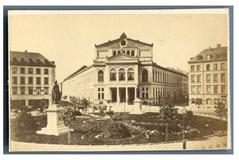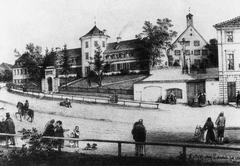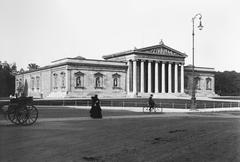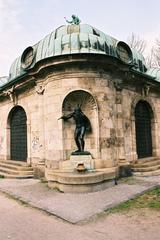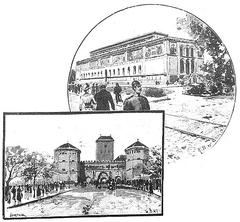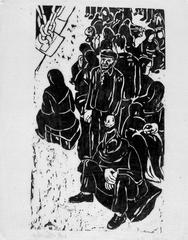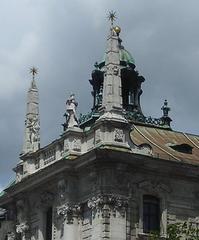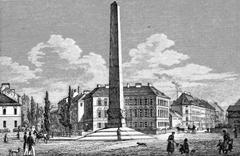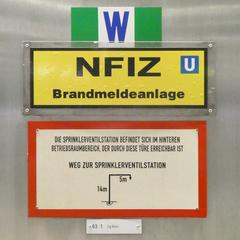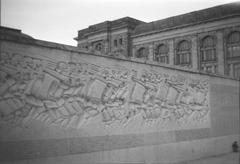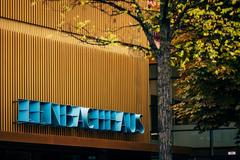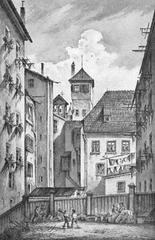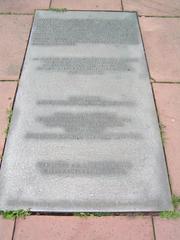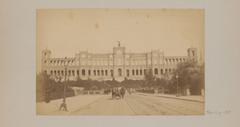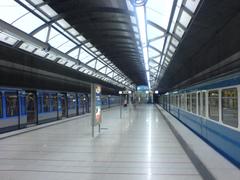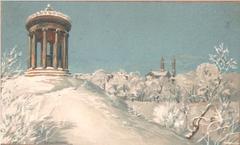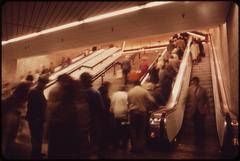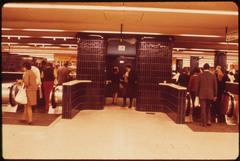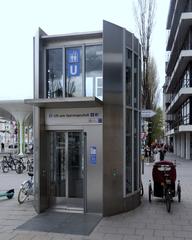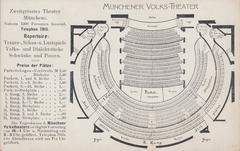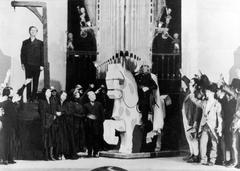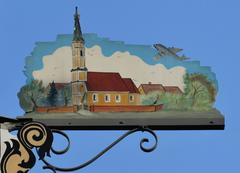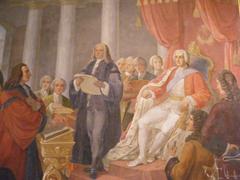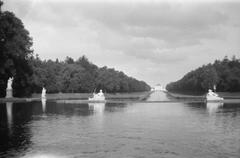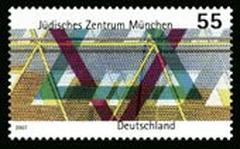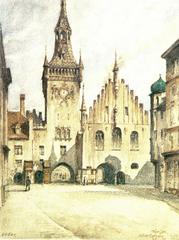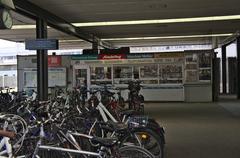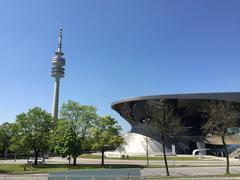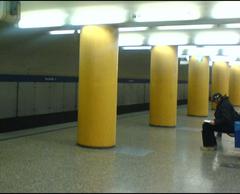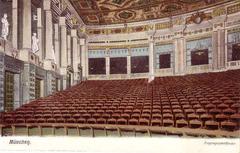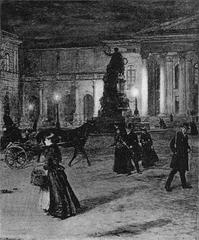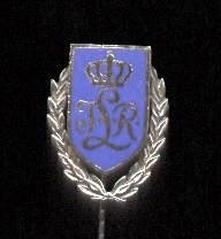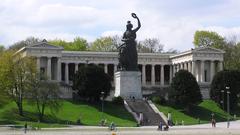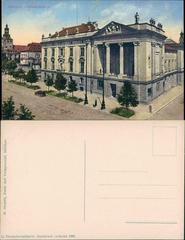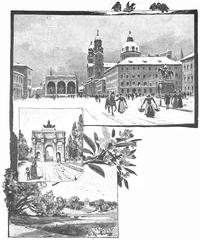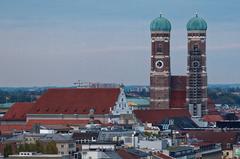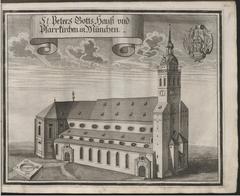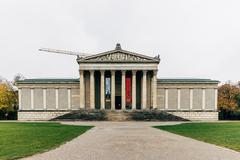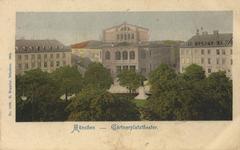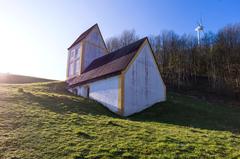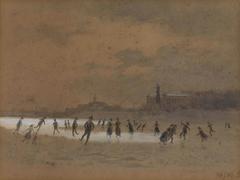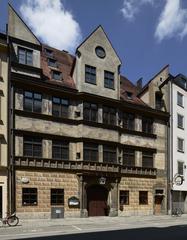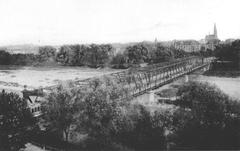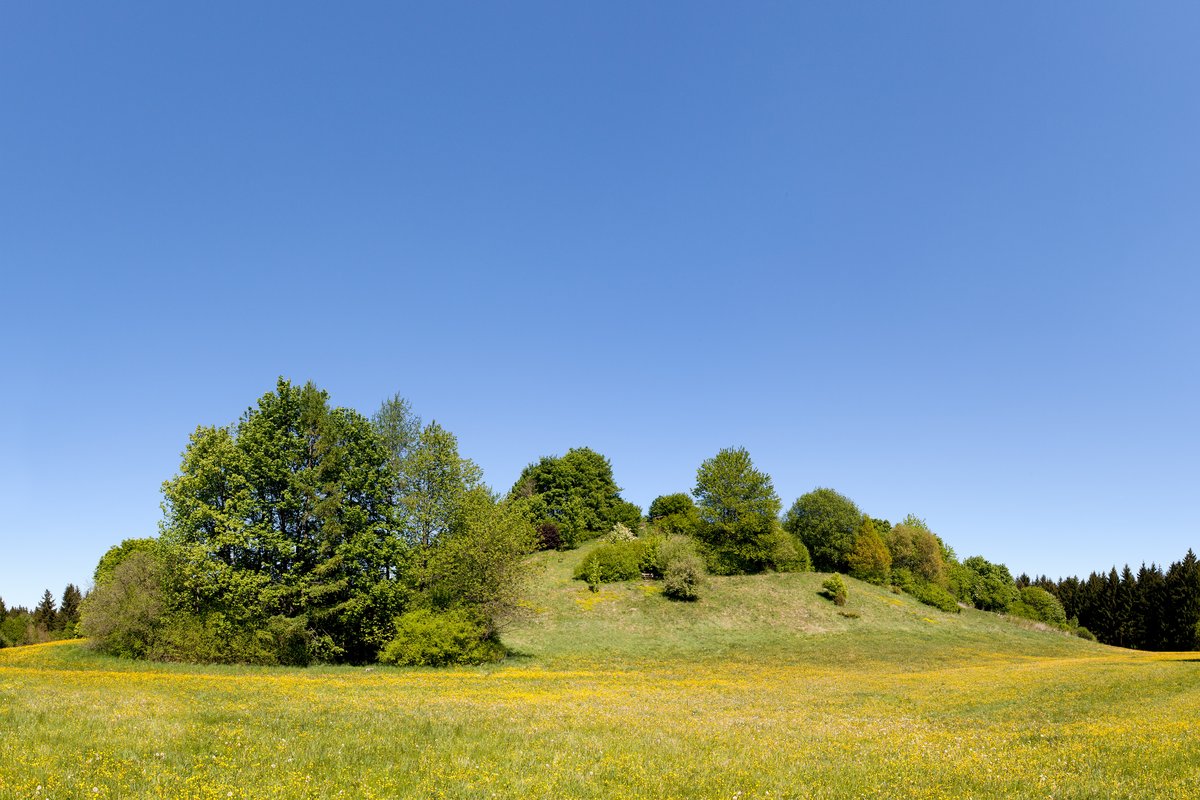
Visiting Perlacher Mugl: Hours, Tickets, and Nearby Munich Historical Sites
Date: 19/07/2024
Introduction
Perlacher Mugl, located in the Perlach district of Munich, Germany, is a site steeped in historical, cultural, and environmental significance. Originally constructed from the rubble of bombed-out buildings following World War II, this artificial hill stands as a testament to the resilience and spirit of the Munich population during the post-war reconstruction era. Known as a “Trümmerberg” or rubble mountain, it serves as both a historical monument and a recreational space.
Table of Contents
- [Historical Background and Significance](#historical-background-and-significancehistorical-background-and-significance)
- [Origins and Development](#origins-and-developmentorigins-and-development)
- [Post-War Reconstruction](#post-war-reconstructionpost-war-reconstruction)
- [Symbolic Significance](#symbolic-significancesymbolic-significance)
- [Environmental and Recreational Importance](#environmental-and-recreational-importanceenvironmental-and-recreational-importance)
- [Cultural and Historical Context](#cultural-and-historical-contextcultural-and-historical-context)
- [Modern-Day Significance](#modern-day-significancemodern-day-significance)
- [Visitor Tips](#visitor-tipsvisitor-tips)
- [Nearby Attractions](#nearby-attractionsnearby-attractions)
- [Special Events and Guided Tours](#special-events-and-guided-toursspecial-events-and-guided-tours)
- [FAQ](#faqfaq)
- [Conclusion](#conclusionconclusion)
- [Call to Action](#call-to-actioncall-to-action)
Perlacher Mugl - Visiting Hours, History, and Tips for Exploring Munich’s Rubble Hill
Historical Background and Significance
Origins and Development
Perlacher Mugl is a notable artificial hill located in the Perlach district of Munich, Germany. Constructed in the aftermath of World War II, the hill was primarily built using rubble and debris from the bombed-out city. This practice was common across many German cities, where the destruction from the war left vast amounts of debris that needed to be managed. The creation of such hills, known as “Trümmerberge” or “rubble mountains,” served both practical and symbolic purposes. They provided a means to clear the city of war remnants while also creating new green spaces for public use.
Post-War Reconstruction
The construction of Perlacher Mugl began in the late 1940s and continued into the early 1950s. The hill stands as a testament to the resilience and determination of the Munich population during the post-war reconstruction period. The debris used to build the hill came from various parts of the city, including residential buildings, industrial sites, and public infrastructure that had been destroyed during the Allied bombings. This process of clearing and repurposing rubble was a massive undertaking, involving thousands of workers and volunteers.
Symbolic Significance
Perlacher Mugl holds significant symbolic value for the residents of Munich. It represents the city’s recovery and rebirth following the devastation of World War II. The hill is a physical manifestation of the collective effort to rebuild and move forward. It serves as a reminder of the past while also providing a space for reflection and recreation. The transformation of war debris into a green, serene environment symbolizes hope and renewal.
Environmental and Recreational Importance
Today, Perlacher Mugl is an integral part of the Perlach district’s landscape. The hill is covered with vegetation, including trees, shrubs, and grass, which have transformed it into a green oasis. It offers panoramic views of Munich and the surrounding areas, making it a popular spot for locals and tourists alike. The hill is part of the larger Perlacher Forst, a forested area that provides numerous recreational opportunities such as hiking, jogging, and picnicking.
Cultural and Historical Context
The creation of Perlacher Mugl is part of a broader historical context of post-war reconstruction in Germany. Similar rubble hills can be found in other German cities, such as Berlin’s Teufelsberg and Hamburg’s Waseberg. These hills are not only physical landmarks but also cultural and historical symbols. They reflect the collective memory of the war and the subsequent efforts to rebuild and heal. The hills often serve as sites for memorials and commemorative events, further embedding them in the cultural fabric of their respective cities.
Modern-Day Significance
In contemporary times, Perlacher Mugl continues to be a place of significance for the people of Munich. It is a popular destination for outdoor activities and offers a peaceful retreat from the hustle and bustle of city life. The hill is also used for educational purposes, with schools and community groups organizing visits to learn about its history and significance. The ongoing maintenance and preservation of the hill ensure that it remains a valuable asset for future generations.
Visitor Tips
For those planning to visit Perlacher Mugl, here are some useful tips:
- Accessibility: The hill is accessible by public transportation, with several bus and tram lines serving the Perlach district. Visitors can also reach the hill by car, with parking available nearby.
- Best Time to Visit: The hill can be visited year-round, but the best time to visit is during the spring and summer months when the vegetation is in full bloom, and the weather is pleasant.
- Activities: Visitors can enjoy a range of activities, including hiking, jogging, and picnicking. The hill offers several trails and paths that cater to different fitness levels.
- Facilities: There are no facilities directly on the hill, so visitors should bring their own food, water, and other necessities. Public restrooms and dining options are available in the nearby Perlach district.
- Safety: While the hill is generally safe, visitors should be mindful of their surroundings and take necessary precautions, especially when hiking or jogging on the trails.
Nearby Attractions
While visiting Perlacher Mugl, consider exploring other nearby attractions:
- Perlacher Forst: This large forested area offers additional recreational opportunities and scenic beauty.
- Munich’s Historical Sites: Take time to visit other historical landmarks in Munich, such as Marienplatz, Nymphenburg Palace, and the Munich Residenz.
- Local Museums: Learn more about Munich’s history and culture by visiting nearby museums, including the Bavarian National Museum and the Munich City Museum.
Special Events and Guided Tours
Perlacher Mugl occasionally hosts special events and guided tours that provide deeper insights into its history and significance. Check the Munich Tourism website for updated information on upcoming events and tour schedules.
FAQ
What are Perlacher Mugl’s visiting hours?
Perlacher Mugl is open to the public year-round, with no specific visiting hours. Visitors can enjoy the hill at any time of the day.
Are there guided tours available?
Yes, guided tours are occasionally available. Check the Munich Tourism website for the latest information.
Is there an entrance fee for Perlacher Mugl?
No, visiting Perlacher Mugl is free of charge.
How do I get to Perlacher Mugl?
The hill is accessible by public transportation, with several bus and tram lines serving the Perlach district. Visitors can also reach the hill by car, with parking available nearby.
Conclusion
Perlacher Mugl is more than just an artificial hill; it is a symbol of Munich’s resilience and recovery. Its historical and cultural significance, combined with its recreational value, make it a must-visit destination for anyone interested in the history and natural beauty of Munich. The hill stands as a testament to the city’s ability to transform adversity into opportunity, creating a space that honors the past while providing enjoyment and inspiration for the present and future (source).
Call to Action
To stay updated on the latest events and tips for visiting Munich, download the Audiala app, check out related posts, or follow us on social media.
